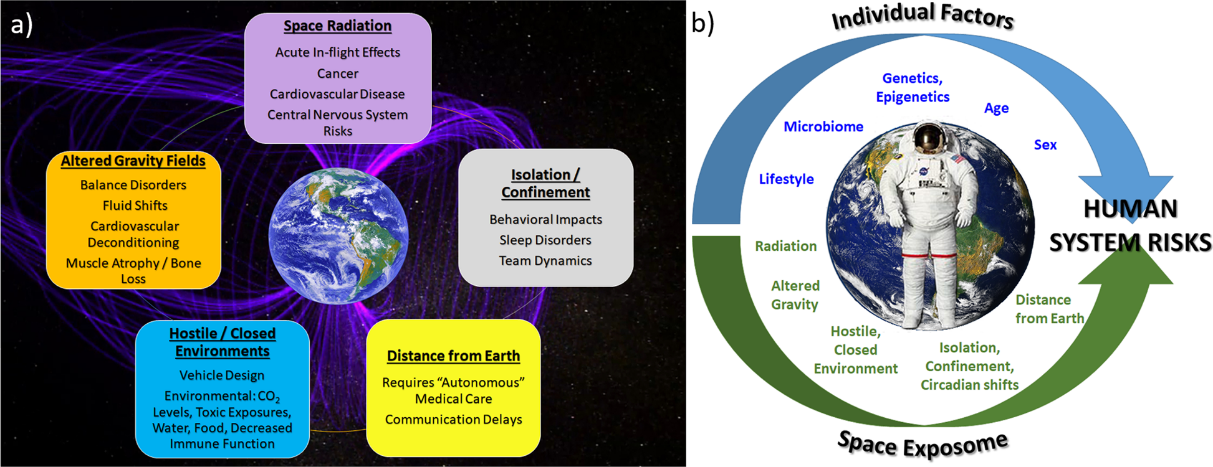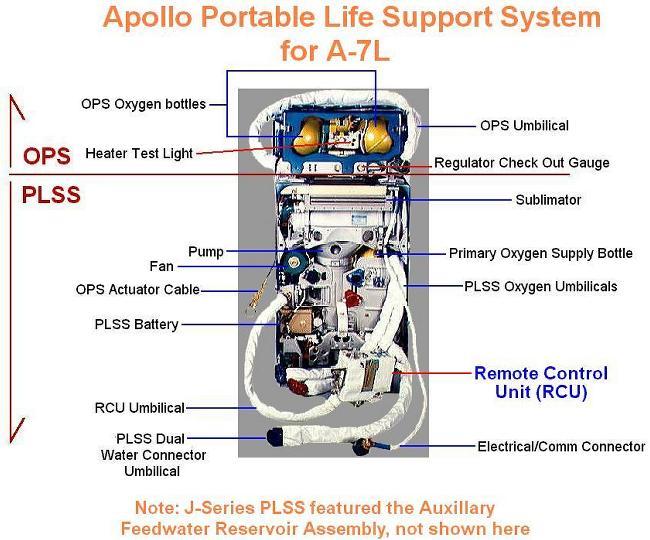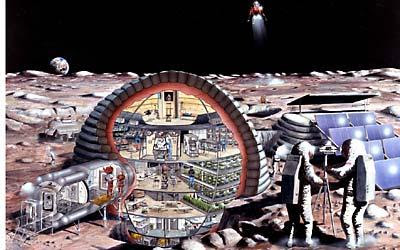During the mid-twentieth century, it was the development of large and relatively efficient rockets that allowed physical space exploration to become a reality. “Space Exploration Engineering” is an aerospace advisory that specializes in planning space missions, mission analysis, and flight dynamics.
Starting in the mid-20th century probes and then human missions were sent into Earth orbit, and then on to the Moon. Also, probes were sent throughout the known Solar System, and into Solar orbit. The most distance active spacecraft, Voyager 1 and 2 travelled beyond 100 times the Earth-Sun distance.
Common rationales for exploring space include advancing scientific research, ensuring the future survival of humanity, and developing military and strategic advantages against other countries
The role of mechanical engineers in the development of Space Exploration Engineering includes:
- spacecraft design
- propulsion systems
- robotics for extra-terrestrial exploration
- Explore the potential future of space travel and colonization.
Rationales behind the development of Space Exploration Engineering
The research that is conducted by national space exploration agencies, such as NASA and Roscosmos, reported that:
- space exploration would lead to the extraction of resources on other planets especially asteroids, which contain billions of dollars worth of minerals and metals
- inspires youth to study in science and engineering
- gives scientists the ability to perform experiments in other settings and expand humanity’s knowledge
- Space exploration is a necessity for mankind. Stephen Hawking, renowned British theoretical physicist, said “I don’t think the human race will survive the next thousand years unless we spread into space.” Arthur C. Clarke, science writer and futurist, argued that humanity’s choice is essentially between expansion off Earth into space, versus cultural (and eventually biological) stagnation and death.
- These motivate one of the first rocket scientists in NASA, Wernher von Braun, and his vision of humans moving beyond Earth using Mechanical Engineering.

The basis of his plan was:
- To develop multi-stage rockets capable of placing satellites, animals, and humans in space.
- Development of large, winged reusable spacecraft capable of carrying humans and equipment into Earth orbit in a way that made space access routine and cost-effective.
- Construction of a large, permanently occupied space station to be used as a platform both to observe Earth and from which to launch deep space expeditions.
- Launching human flights around the Moon, leading to the landings of humans on the Moon, with the intent of exploring that body and establishing permanent lunar bases.
- Assembly and fuelling of spaceships in Earth orbit for the purpose of sending humans to Mars with the intent of colonizing that planet.
- Setting International Space Station in the hopes that humans discover the far reaches of the universe.
Challenges

Harsh Environment: extreme temperatures, vacuum, radiation, and micrometeoroids.
~ Engineers need to develop materials and technologies that can withstand these conditions for prolonged periods.
Distance and Communication: The vast distances involved in space exploration lead to significant communication delays, making real-time control and operation of spacecraft and equipment challenging.
~ Engineers must develop robust communication systems that can function effectively even at enormous distances from Earth.
Life Support Systems: For long-duration space missions, it is very critical to design reliable life support systems that can sustain human life in the harsh conditions of space challenges.
~ Engineers must ensure a constant supply of air, water, and food, as well as systems to manage waste and maintain psychological well-being.

Propulsion Systems: Developing efficient and powerful propulsion systems is crucial for enabling faster and more efficient space travel.
~ Engineers have to develop propulsion systems that can significantly reduce travel times making space exploration more feasible.
Radiation Protection: Protecting astronauts from harmful cosmic and solar radiation is a significant challenge.
~ Engineers need to design effective shielding strategies and materials to safeguard astronauts, especially in deep space where the exposure to radiation is more intense.
Resource Utilization: Developing technologies for in-situ resource utilization for sustainable long-term space exploration is crucial.
~ Engineers need to find ways to extract and utilize resources available on other celestial bodies, such as water, oxygen, ice, fuels, etc. for various purposes, including life support.
Opportunities
Scientific Research: Space exploration provides unique opportunities including
- studying celestial bodies
- conducting experiments in microgravity
- gaining insights into the origins and evolution of the universe
~ Engineers play a critical role in designing instruments and spacecraft that facilitate these scientific endeavors.
Technological Advancements: Space exploration drives technological advancements for various industries on Earth.
~ Engineers contribute to the development of cutting-edge technologies such as advanced materials, robotics, telecommunications, and energy systems, which often find applications in terrestrial industries.
Commercial Space Ventures: The growing interest in commercial space ventures presents significant economic opportunities.
~ Engineers contribute to the development of infrastructure for satellite deployment, space tourism, and mining asteroids, among other commercial activities, new markets, and industries.
Human Colonization: Space exploration engineering is crucial for establishing human settlements on other celestial bodies.

~ Engineers are at the forefront of designing habitats, life support systems, and infrastructure necessary for sustained human presence on the celestial bodies.
Inspiring Future Generations: Space exploration missions inspire future generations to pursue careers in science, technology, engineering, and mathematics (STEM).
~ Engineers actively involved in space exploration serve as role models, encouraging young minds to explore and contribute to the advancement of human technological capabilities.
By accepting these challenges and dealing with the opportunities, space exploration engineers can push the boundaries of knowledge and pave the way for a future where space travel and colonization become a certainty.
To explore more, join Ken Institute and unlock a world of online courses in Mechanical Engineering, Occupational Health and Safety, Fire Safety, and Environment and Sustainability.
Get in touch with us at: info@keninstitute.com
visit our website at www.keneducation.in, or call us at +917569034271
Let’s connect on Facebook, YouTube, LinkedIn, and Instagram.


